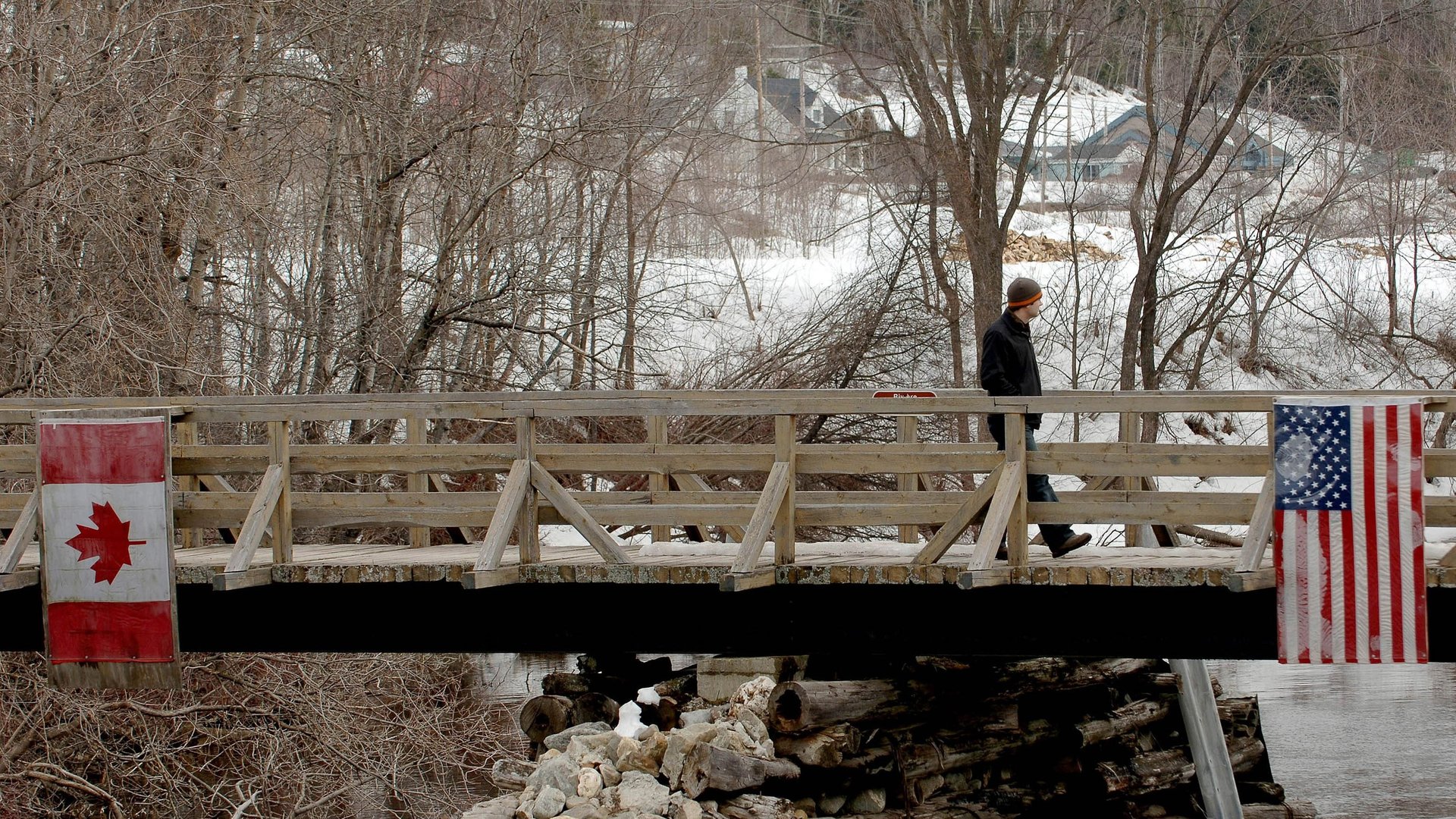The US is finally telling the public who overstays their visas the most—and it’s not Mexicans
For years, the best—and virtually only—publicly released statistic tracking illegal immigration in the US has been the number of people caught at the southern border.


For years, the best—and virtually only—publicly released statistic tracking illegal immigration in the US has been the number of people caught at the southern border.
Now, the US Department of Homeland Security is scrutinizing a lesser known type of undocumented immigrant: the one who comes in legally. In a new report released May 22, the agency has attempted to count the people who overstayed their visas in fiscal year 2016. The results tell a different story than the border apprehension numbers, and suggest that the US should broaden its singular focus on the border to include airports and seaports as well.
By the end of fiscal year 2016, some 630,000 visitors had failed to leave the US, far exceeding the 415,000 people who were intercepted crossing the US-Mexico boundary during the same time period. According to Homeland Security, Canadians, not northbound Latin Americans, were the biggest group of violators. About 120,000 Canadians with expired visas were still believed to be living in the US at the end of the period covered by the report, versus roughly 47,000 Mexicans.
As this is only the second time the government has released overstay data, it’s hard to identify any trends. A similar report released in January of 2016 showed there were about 480,000 total overstays at the end of fiscal year 2015, though that report looked at a narrower group of travelers. (It doesn’t include students, or workers, for example.)
The data also comes with many caveats. For one thing, it’s essentially a snapshot of everyone who has stayed past the exact expiration date of their visa—even by one day—and therefore bound to change. That figure can be misleading because some of those people eventually go back home. For example, of the more than 50 million foreigners who were required to leave the US in fiscal year 2016, about 740,000 stayed after their visa expired. But of those, around 110,000 left by the end of the year. Another 84,000 had followed by Jan. 2017, reducing the number of overstays to less than 550,000, according to the report.
At the same time, the statistics released today likely underestimate overstays because they only include travelers who entered and left the country by plane or boat. That means many Mexicans and Canadians probably didn’t even make it into the count because they travelled by land.
The incomplete nature of the data speaks to the US immigration system’s continued difficulties in tracking who leaves the country. Homeland Security officials have been trying to improve their system for years, with very little to show for their efforts. The agency is only now getting around to setting up a system to identify departing travelers with biometric technology, more than 10 years after Congress mandated it. And the funding assigned to the technology—$100 million a year—is tiny compared to what president Donald Trump wants to spend on his border wall project.
Now that border apprehensions are not the only public measure of illegal immigration, however, Trump may find his supporters increasingly open to more nuanced–and cheaper—ways of dealing with the problem. In its analysis of the new report, conservative newspaper Washington Times said visa overstays were now the ”biggest problem in illegal immigration.”